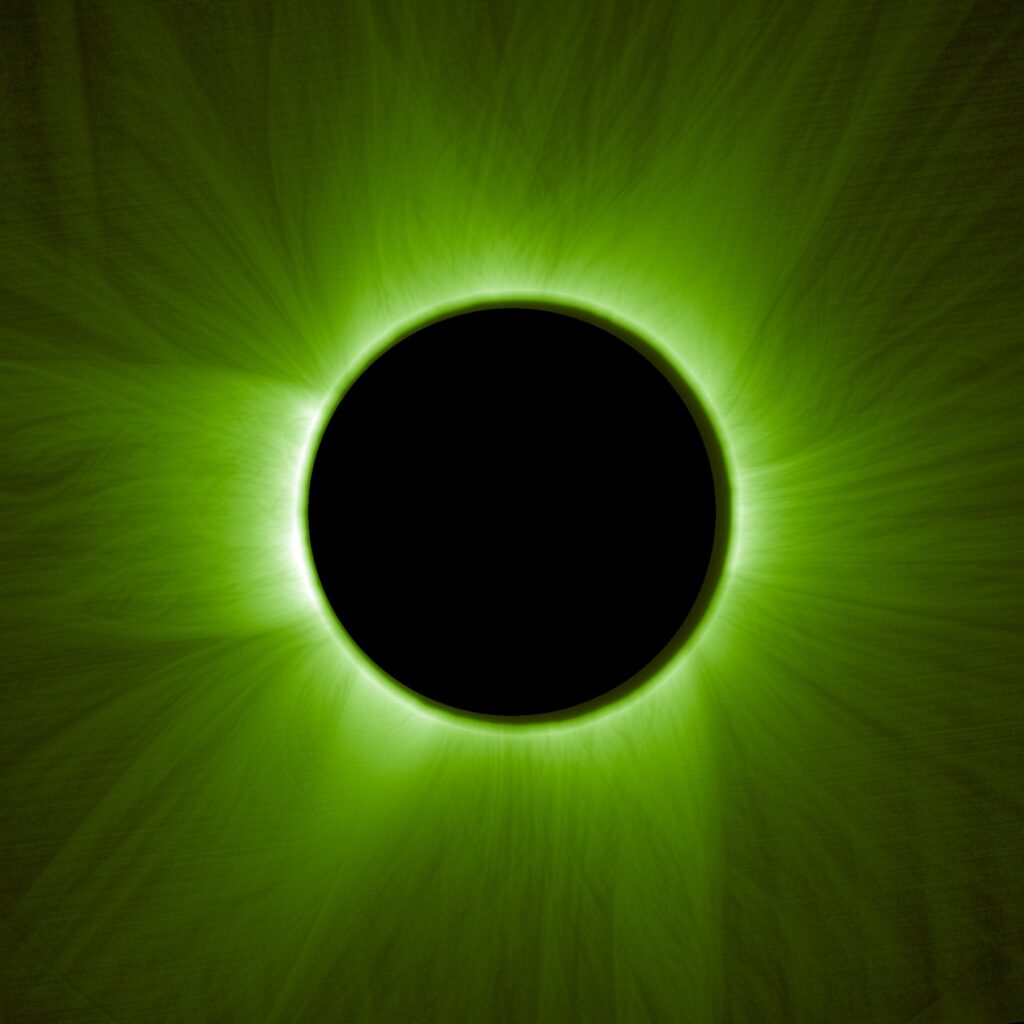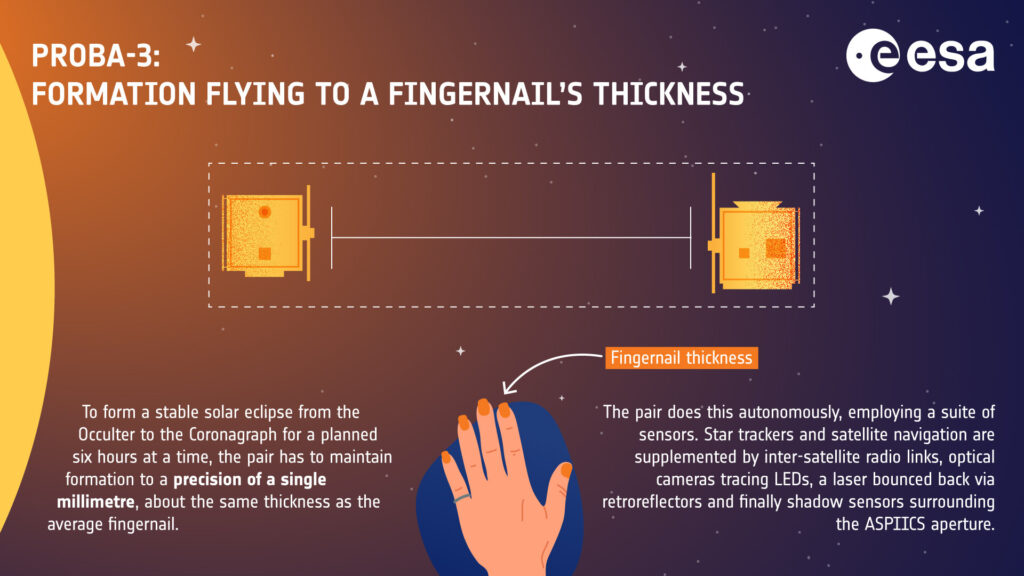June 17 2025 | Science & Technology | Sky Link Times
In a first-of-its-kind cosmic feat, the European Space Agency (ESA) has successfully created an Artificial Solar Eclipses — not on Earth, but in outer space — using a pair of precision-guided satellites. This historic milestone is part of ESA’s Proba-3 mission, which is dedicated to high-precision formation flying technology and advanced solar studies.

About Proba-3
The Proba-3 mission is led by ESA and put together by a consortium managed by Spain’s Sener, with participation of more than 29 companies from 14 countries and with key contributions from GMV and Airbus Defence and Space in Spain and Redwire Space and Spacebel in Belgium. The mission was launched on 5 December 2024 on a PSLV-XL launcher from Satish Dhawan Space Centre in Sriharikota, India.
The Proba-3 satellites — Coronagraph and Occulter — were launched in November 2023 and are flying 144 meters apart in a highly synchronized dance. On 3 June 2025, the Occulter precisely aligned itself between the Sun and the Coronagraph, recreating an eclipse by blocking sunlight, much like the Moon does during a natural solar eclipse.

🔭 Why This Matters:
This man-made eclipse is a scientific breakthrough. By artificially blocking the Sun’s light, ESA scientists were able to capture rare, high-resolution images of the solar corona — the Sun’s outer atmosphere — which is typically invisible due to its faint glow.
“This is the first time such precision flying has been achieved in space,” said ESA’s Proba-3 Project Manager Damien Galano.
“The eclipse was predicted and executed to within millimeter accuracy.”
The artificial eclipse was visible only to the instruments onboard the satellites. For the mission team, it confirmed the remarkable precision of their technology and opened the door to a new era of space-based solar observations.
🔬 Key Highlights:
- 🌞 The eclipse lasted over six hours — far longer than a natural eclipse on Earth.
- 🛰️ Satellites maintained millimeter-level formation flying at 144 m apart.
- 📷 Enabled detailed study of the solar corona, vital for understanding solar flares and space weather.
- 🛠️ Sets the stage for future missions using autonomous satellite swarms.



